Japanese Ofuro Tubs: Tradition, Ritual, and Modern Serenity
Embrace centuries-old soaking traditions to cultivate tranquility and well-being.
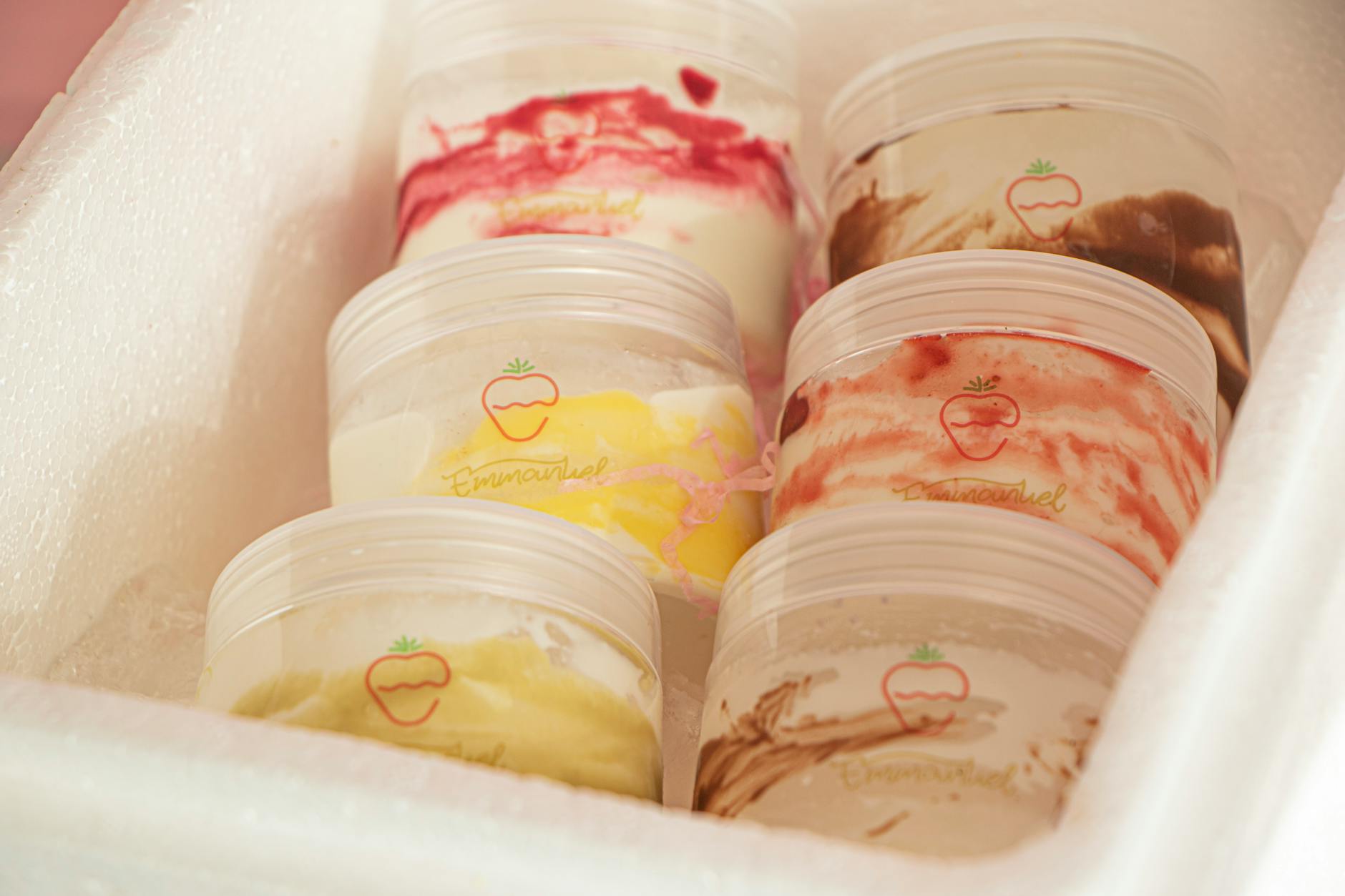
Japanese Ofuro Tubs: A Timeless Ritual for Modern Calm
The Japanese ofuro tub—a deep, compact wooden soaking vessel—offers more than just a way to bathe. Steeped in centuries of tradition, this style of tub has evolved from its ritualistic roots in Japan into a coveted feature of contemporary bathrooms. Combining meditative calm with healthful benefits, the ofuro is both functional and symbolic, delivering an immersive, serene bathing experience. This article explores the origins, design, traditions, health benefits, and modern interpretations of the Japanese soaking tub.
The Origins and Ritual of the Ofuro
Bathing is a deeply ingrained part of Japanese culture, rooted in the Shinto belief in ritual purification. Historically, the Japanese practice of ablution—a process involving meticulous cleansing prior to entering the tub—was performed to purify both body and spirit. Traditionally, one would shower and rinse thoroughly before immersion to ensure the water remained clean, as families often shared the ofuro water in succession.
- Ablution and Purification: The initial stage involves showering outside or by the side of the bathing area with fresh running water, never soap, to clear any impurities from the skin.
- Deep Soaking: The bather then settles into the chest-deep ofuro, surrounded by hot water at a temperature typically between 40-42°C (104-108°F).
- Ceremony and Etiquette: Respect for the tub and cleanliness is paramount. Bathers enjoy quiet, contemplative relaxation rather than active washing within the tub itself.
This tradition remains alive in modern households, spas, and onsens (public hot springs) across Japan.
Design Features of Japanese Soaking Tubs
The ofuro stands apart from Western bathtubs in several ways:
- Deeper Profile: Unlike the elongated, shallow baths familiar in Western homes, the ofuro is compact with high sides, designed for full-body immersion while sitting upright.
- Compact Footprint: Ideal for smaller spaces, the square or rectangular ofuro conserves space yet offers luxurious depth for soaking.
- Natural Materiality: Traditionally crafted from aromatic woods, such as hinoki (Japanese cypress), cedar, or teak, the natural scent and insulating properties of wood enhance the sensory experience.
- Minimalist Aesthetics: Clean lines, smooth panels, and a focus on craftsmanship give the ofuro its serene, spa-like appeal.
| Feature | Traditional Ofuro | Modern Western Tub |
|---|---|---|
| Depth | Up to chest-high, for sitting | Shallow, for reclining |
| Footprint | Compact, upright posture | Extended, lying position |
| Material | Wood (hinoki, cedar, teak) | Ceramic, acrylic, fiberglass |
| Main Function | Pleasure, ritual, relaxation | Cleansing and relaxing |
The Health and Wellness Benefits of Ofuro Bathing
- Promotes Circulation: The high water temperature (recommended at 38°C/100°F and above) allows arteries to expand, boosting blood circulation and oxygen/nutrient delivery throughout the body.
- Immune System Strengthening: Raising body temperature can stimulate immune response, potentially improving the body’s ability to ward off infections.
- Reduction of Muscle Pain: Deep heat immersion helps soothe sore muscles, lessen joint inflammation, and can even ease chronic pain.
- Mental Relaxation: The enveloping warmth, the scent of aromatic wood, and the ritualistic aspect contribute to reduced stress, fostering a serene mental state.
In Japan, a daily evening soak is a beloved routine—so much so that more than 70% of people report taking a bath daily in the winter.
Materials: Beauty and Function
The choice of material is integral to the experience and longevity of an ofuro. Each wood has distinct properties:
- Hinoki Cypress: The most prized option; beautifully pale with an ethereal lemony scent. Though less durable than teak or cedar, hinoki’s natural oil resists mold and bacteria but does require routine resealing.
- Cedar: Durable, stable, and aromatic; offers a slightly darker hue than hinoki. Cedar tubs hold up well under moisture and temperature changes, providing consistency if well maintained.
- Teak: Dense, golden wood with natural water resistance. Teak’s luxurious appearance and longevity make it ideal for frequent use but can be more costly.
The Modern Appeal of Ofuro Tubs
While rooted in tradition, the ofuro is a versatile element in contemporary design. It caters to:
- Minimalist Interiors: The tub’s unfussy form and use of natural materials exemplify Japandi and wabi-sabi aesthetics.
- Luxury Spas: Increasingly popular in boutique hotels, resorts, and wellness retreats, Japanese soaking tubs elevate the ambiance of any space.
- Compact Living: The vertical orientation fits perfectly in small bathrooms or apartments where space is precious, without compromising on comfort.
Installation and Maintenance: What to Expect
- Installation: Ofuro tubs may require reinforced flooring to support their weight, especially when made from dense wood types and filled with water. Professional installation ensures proper draining and plumbing compatibility.
- Maintenance: Wood must be kept moist to prevent splitting; regular cleaning and resealing are key, especially with hinoki. Avoid harsh chemical cleaners which can damage the natural finish and aromatic oil.
- Longevity: With care, a wooden ofuro can last decades. Ensure adequate drying between uses and periodic oiling to preserve color and scent.
Disadvantages and Considerations
- Cost: High-quality ofuro tubs are an investment, often more costly than conventional Western bathtubs.
- Maintenance Needs: Wood requires consistent attention to prevent mold, staining, and cracking.
- Temperature Maintenance: Water loses heat rapidly in freestanding units, so consider insulated options or in-tub heaters for extended soaks.
Where to Place a Japanese Soaking Tub
Site selection is crucial for both aesthetics and practicality. Popular placements include:
- Bathroom Nook: Nestled in a corner or alcove, combining privacy and style.
- Outdoor Deck: Shielded with fencing or shade for a natural, meditative garden spa experience.
- Onsen-Inspired Rooms: Creating a dedicated bathing space with stone, wood, and shoji screens for authenticity.
How to Take a Japanese-Style Bath at Home
- Shower thoroughly to remove dirt and oil. Using soap, ensure you’re fully rinsed before entering the ofuro.
- Fill the ofuro with clean, hot water (rule of thumb: 40-42°C/104-108°F).
- Ease into the tub, sitting upright and allowing the water to rise to the shoulders or chin. Soak in silence or light meditation, savoring the scent of the wood and the calm enveloping warmth.
- Upon leaving, let the tub air dry; leave the lid off to prevent trapped moisture causing mildew.
The Cultural Legacy and Global Revival of the Ofuro
The enduring appeal of Japanese soaking tubs lies in their union of simplicity, craftsmanship, and ritual. As interest in holistic wellness and mindful living grows globally, more people are embracing the idea that bathing can be a meditative experience rather than a fast, utilitarian chore. The ofuro thus finds itself at home in both ultra-modern settings and tranquil rural escapes, connecting users with ancient custom even in today’s fast-paced world.
Frequently Asked Questions (FAQs)
Q: What is the average size of a Japanese ofuro tub?
A: Ofuro tubs are designed for a single person to sit upright and typically range from 27 to 32 inches deep and 32 to 42 inches long. Sizes can be customized for small spaces or outdoor settings.
Q: Do you need to use soap inside the ofuro?
A: No. All washing and rinsing are performed before entering the ofuro. The soak is strictly for relaxation and ritual purification, not for cleaning.
Q: How often does an ofuro tub need to be maintained?
A: Maintenance frequency depends on usage, ventilation, and material, but typically involves weekly cleaning and periodic resealing (especially for hinoki) to keep the wood in optimal condition.
Q: Are ofuro tubs suitable for outdoor installation?
A: Yes. Many choose to install ofuro tubs outdoors for a tranquil garden bathing experience. Ensure proper weatherproofing and regular maintenance to protect the wood from exposure.
Q: What makes the scent of hinoki wood special?
A: Hinoki cypress releases a fresh, citrusy fragrance when warm water is added, creating a uniquely calming and invigorating bathing atmosphere. This natural aroma is part of the therapeutic experience.
References
- https://www.magnushomeproducts.com/blogs/inspired-living/ofuro-bathtub-shangri-la-like-important-benefits
- https://rhtubs.com/resources/how-to-use-a-japanese-tub-the-right-way-for-maximum-benefits/
- https://www.spaflo.co.uk/blog/everything-you-need-to-know-about-japanese-soaking-tubs
- https://www.badeloftusa.com/buying-guides/ofuro-bathtub/
- https://www.renutherapy.com/blogs/blog/japanese-hot-soaks-benefits
Read full bio of Shinta


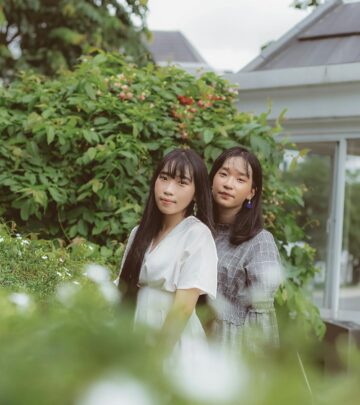
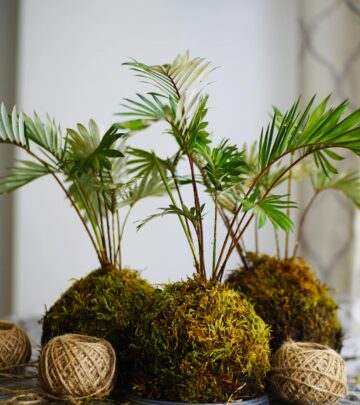


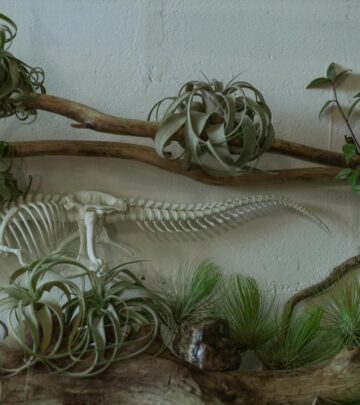

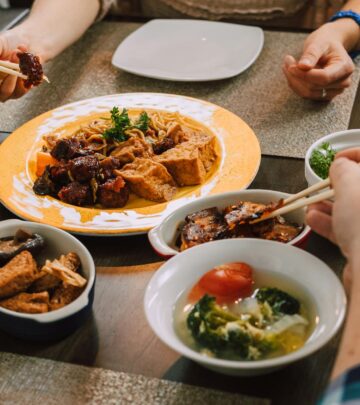








Community Experiences
Join the conversation and become a part of our empowering community! Share your stories, experiences, and insights to connect with other beauty, lifestyle, and health enthusiasts.